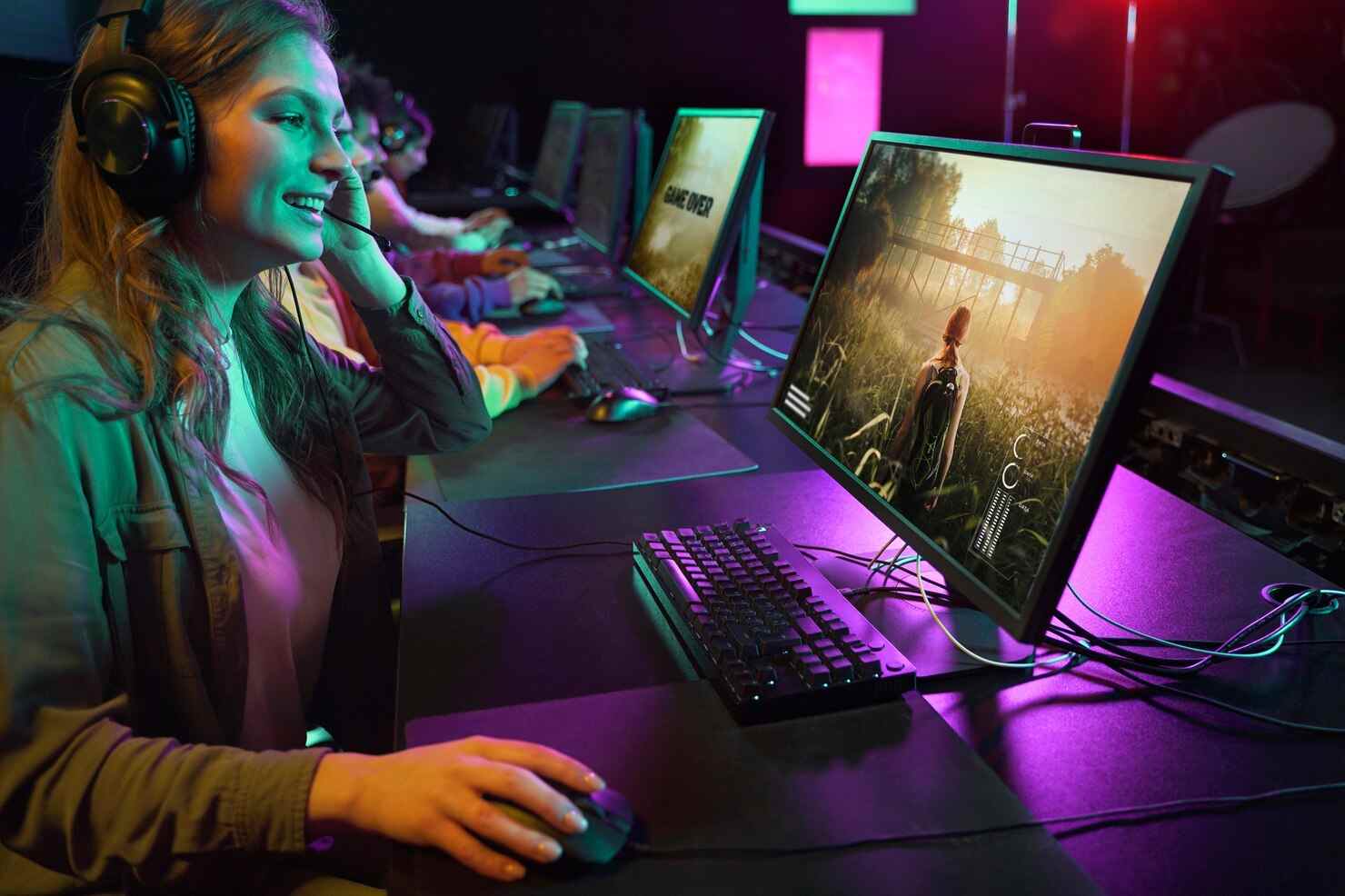In online gaming, nothing is more frustrating than lag, disconnects, or slow downloads. If you’ve ever lost a match because of a sudden spike in latency, you know precisely how vital a stable internet connection is. Optimizing your internet for gaming isn’t just about getting the fastest speed—it’s about reducing ping, improving stability, and ensuring your network is set up correctly.
It will cover everything you need to know to ensure your internet connection is as smooth as possible, whether you’re a casual gamer or a competitive player.
1. Understanding the Key Factors in Gaming Performance
Before optimizing, it’s essential to understand the core internet factors that affect gaming:
- Ping (Latency): The time it takes for data to travel from your device to the game server and back. Measured in milliseconds (ms). Lower is better.
- Download Speed: Determines how quickly your system receives updates, patches, and downloads new games.
- Upload Speed affects how fast your system can send data back to the game servers. It is crucial for competitive gaming.
- Jitter: The fluctuation of ping over time. High jitter leads to inconsistent gameplay experiences.
- Packet Loss: When data packets fail to reach the destination, causing stuttering or lag spikes.
2. Choosing the Right Internet Plan
Not all internet plans are designed for gaming. Here’s what to look for when selecting an ISP (Internet Service Provider):
- Minimum 100 Mbps download speed (higher for multiple devices in the home)
- At least 10 Mbps upload speed (critical for streaming and voice chat)
- Low-latency connections (Fiber-optic and cable are best; avoid satellite and DSL for gaming)
- Unlimited data to prevent slowdowns due to data caps
- Good customer service that quickly resolves connection issues
Expert Tip: Choose an ISP that directly connects gaming servers. Some ISPs have partnerships with game companies that reduce latency.
3. Using a Wired Connection Instead of Wi-Fi
A wired Ethernet connection is always better than Wi-Fi for gaming. Here’s why:
- More Stable Connection: No interference from other devices
- Lower Latency: Faster data transmission
- Consistent Speeds: Wi-Fi speeds fluctuate based on distance and obstacles
If you must use Wi-Fi, follow these steps:
- Use the 5GHz band instead of 2.4GHz for less interference.
- Place your router in an open area away from walls and electronic devices.
- Upgrade to a Wi-Fi 6 router for improved speed and efficiency.
4. Optimizing Router Settings for Gaming
Most modern routers come with settings that can help prioritize gaming traffic. Adjust these settings for the best performance:
Enable quality of service (Quality of Service)
Quality of service allows you to prioritize gaming traffic over other internet activities. Set your gaming console or PC as the highest-priority device.
Open NAT (Network Address Translation) Settings
NAT settings affect how your console or PC connects to game servers:
- Strict NAT (Type 3): Bad for gaming; may prevent connections
- Moderate NAT (Type 2): Acceptable, but could have some issues
- Open NAT (Type 1): Best for gaming with minimal restrictions
To achieve an Open NAT type:
- Enable UPnP (Universal Plug and Play) in your router settings.
- Port forward the necessary game ports manually (port numbers vary by game).
- Use a static IP address for your gaming device.
Reduce Bufferbloat
Bufferbloat occurs when network congestion causes delays in-game response times. To reduce it:
- Set bandwidth limits for non-gaming devices.
- Use a router with Smart Queue Management (SQM).
- Turn off background downloads and streaming when gaming.
5. Choosing the Best DNS Server
Your default ISP-provided DNS server may not be the fastest for gaming. Switching to a faster DNS can reduce lag and improve loading times.
Recommended DNS Servers for Gaming:
- Google DNS: 8.8.8.8 and 8.8.4.4
- Cloudflare DNS: 1.1.1.1 and 1.0.0.1
- OpenDNS: 208.67.222.222 and 208.67.220.220
To change DNS settings:
- Go to your router or gaming device’s network settings.
- Manually enter one of the DNS options above.
- Restart your router for changes to take effect.
6. Minimizing Network Congestion
Too many devices using the internet can slow down your connection. To prevent this:
- Limit streaming (Netflix, YouTube) while gaming.
- Disconnect unused devices from Wi-Fi.
- Schedule downloads and updates for off-peak hours.
- Use powerline adapters to extend wired connections in your home.
7. Upgrading Your Equipment
Your equipment may be outdated if you’re experiencing lag despite good internet speeds. Consider upgrading to:
- A gaming router (ASUS ROG Rapture, Netgear Nighthawk, TP-Link Archer AX11000)
- A CAT6 or CAT7 Ethernet cable for faster speeds and reduced interference
- A high-refresh-rate gaming monitor (for smoother gameplay experience)
- A new modem/router combo if your ISP-provided one is outdated
8. Testing and Monitoring Your Internet Performance
Regularly test your connection to ensure it’s performing at its best.
How to Test Your Ping and Speed:
- Use Speedtest.net, Fast.com, or PingPlotter.
- Run tests at different times of day to check for congestion.
- If speeds are consistently lower than what you pay for, contact your ISP.
Monitor for Packet Loss and Jitter:
- Use PingPlotter to track packet loss.
- Restart your router and modem if you experience frequent lag spikes.
- Consider using a VPN if your ISP throttles gaming traffic.
Conclusion
Optimizing your internet for gaming is more than just speed—it’s about stability, low latency, and minimizing network congestion. Following these expert-backed strategies can reduce lag, prevent disconnects, and enjoy a smoother gaming experience.
If you’ve implemented these tips and still have issues, consider switching to a better ISP, upgrading your router, or adjusting network settings further.

